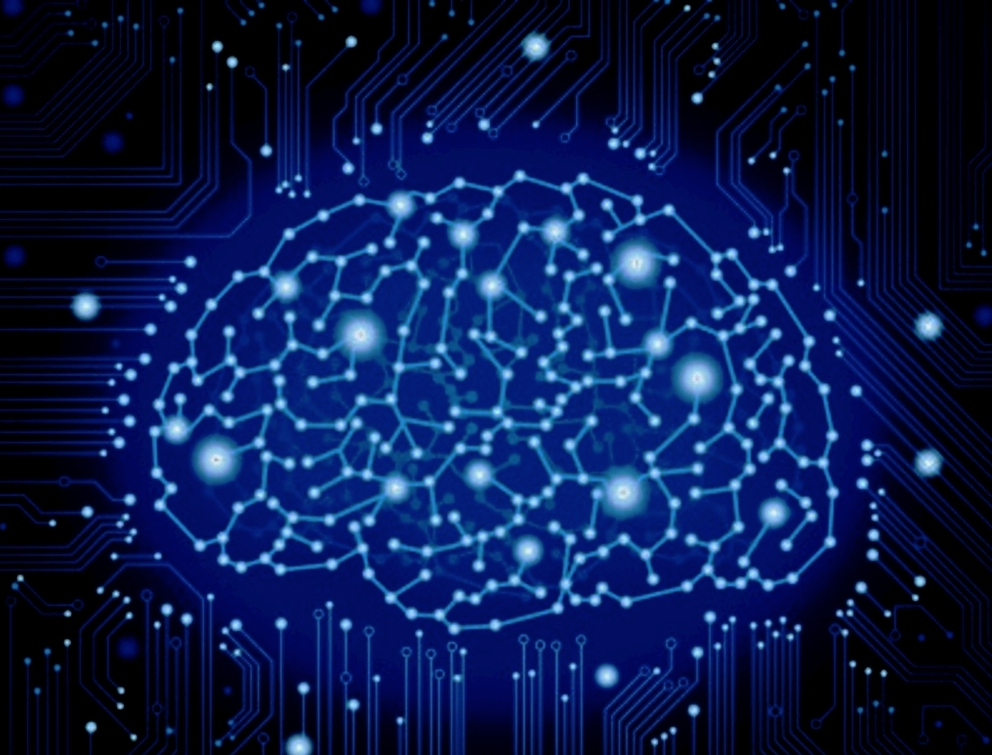
2015 was the year of panic about AI, and 2016 is set to be the year of AI.
Artificial Intelligence has crept up on us during this century, and now it’s everywhere. Yet, it remains alien and unknown to many people. Computer scientists and cognitive researchers are busy developing it – but what does this mean for the rest of us? ‘Narrow’ Artificial Intelligence is non-sentient computer intelligence that focuses on one single task. This has already been achieved – evidenced by the most famous example of IBM’s Deep Blue beat world chess champion Garry Kasparov in 1997. While we have yet to create human-level intelligence and super-human intelligence, a survey of hundreds of scientists shows many experts believe these are likely to appear soon. The median data gave an estimate that by 2040 or 2050 (depending upon the data set), human level AI would be a reality, according to Nick Bostrom in his bestseller book, Superintelligence.
Microsoft believes that 2016 is going to be the year of AI, Elon Musk and other tech execs have just launched OpenAI, pledging $1 billion to develop an AI that benefits humanity, and the Leverhulme Trust has recently granted £10 million to the University of Cambridge to launch the Leverhulme Centre for the Future of Intelligence; it’s time to face the music.
Many scientists believe that superintelligence is a near-term possibility, and that we are under-equipped to face the consequences of it. This is why the time to act is now; to collaborate across industry and academia, put together a plan for this eventuality and aim to ensure a smooth journey to this point, and minimise existential risk.
Therefore, it might be helpful to address some of the more common misconceptions among us laymen when it comes to Artificial Intelligence:
Artificial Intelligence = Robots
Artificial intelligence can manifest itself in any form, corporeal or not. Think supercomputers (like when IBM’s Watson won Jeopardy) and algorithms; things that aren’t necessarily tangible, or manifest. We tend to associate AI with the robot image, like I, Robot, or Channel 4’s Humans. We anthropomorphise AI, conceiving it human form, in order to make it less alien and more tangible.
AI Is Not A Part Of Our Day-To-Day Lives
Lots of people assume AI is a lofty, futuristic concept; science fiction that will never transcend the Hollywood blockbuster and become part of the human experience. In reality, there are hundreds of examples of narrow artificial intelligence that interact with us. AI algorithms suggest ads and future purchases based on internet history, and it matches us with people on Tinder based on shared preferences. Siri is the best example of ‘weak artificial intelligence’ – clever as it may be, it is purely a system that has been programmed with lots of algorithms to be able to respond to human commands and requests and follow our preferences and behaviour in order to react appropriately. It does, however, have limits, and doesn’t always cooperate, much to our annoyance. The same goes for sat nav, speech recognition, airline ticket reservations and email spam filters. Many people no longer view these phenomena as AI, but as software, because they are familiar technologies.
AI Isn’t Creative
The jury is still out on how much or little the increased presence of artificial intelligence will affect our professional lives. But, it appears that even creative jobs in the arts might not be safe. Artificial intelligence, through deep learning, is able to synthesise and recreate different types of art from what it has seen and absorbed, be it a painting or a piece of music. Not, one might argue, too different to how humans produce works of art; what is creativity without inspiration?
by Poppy Empson